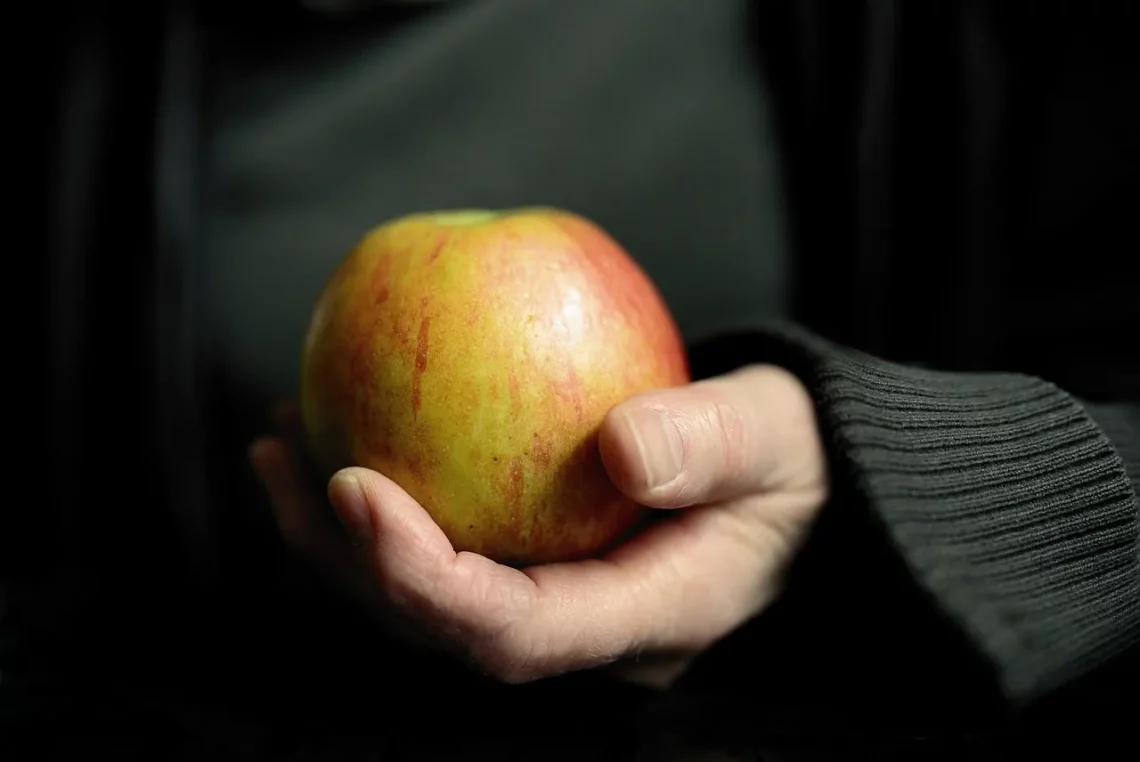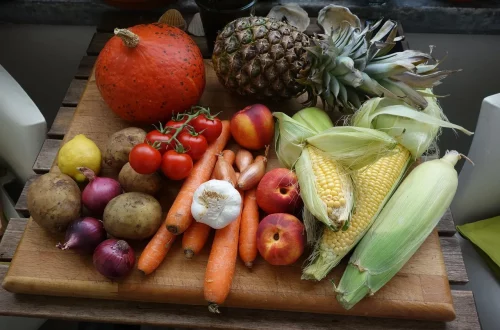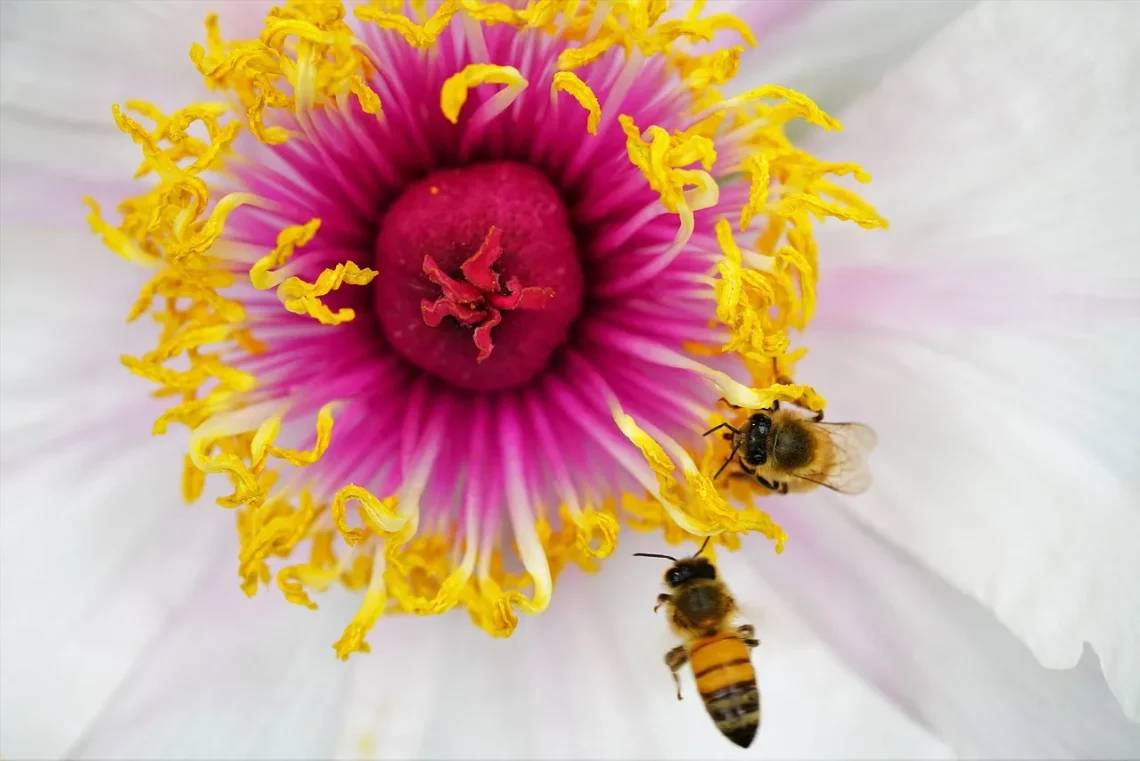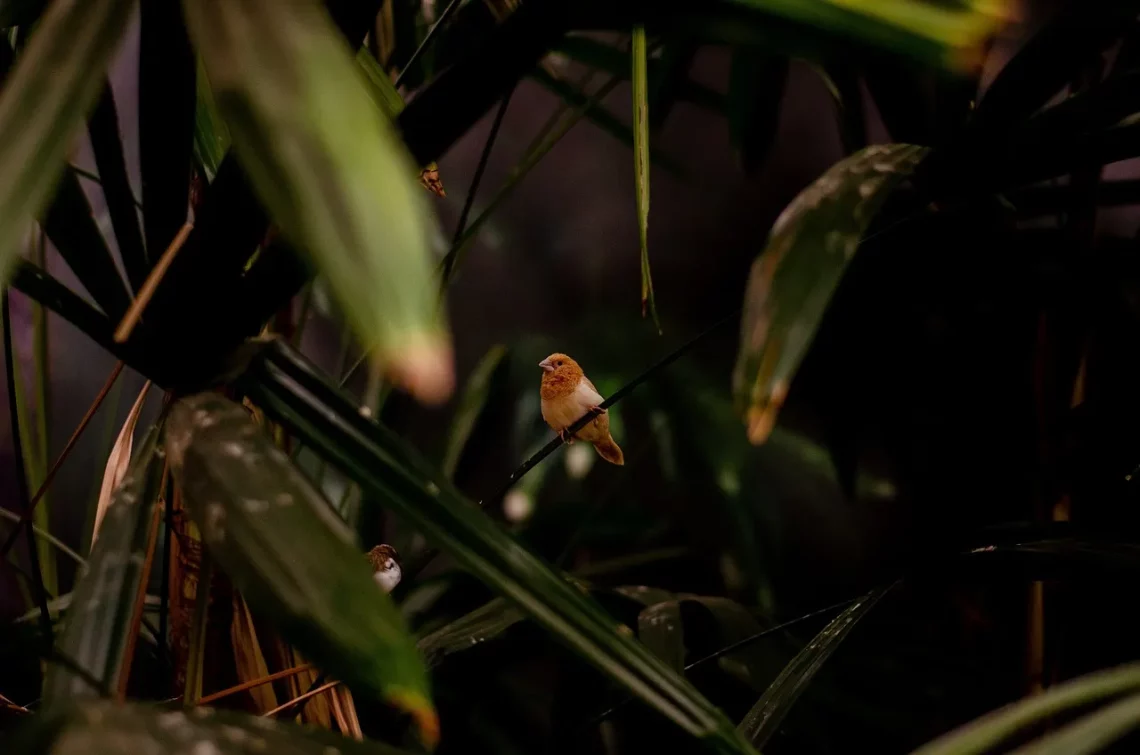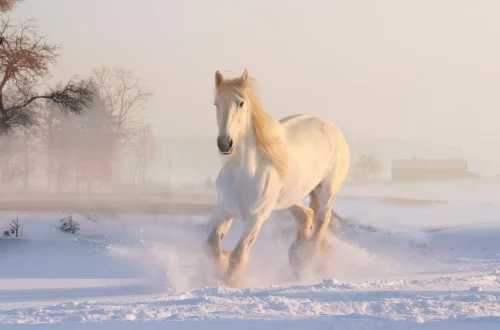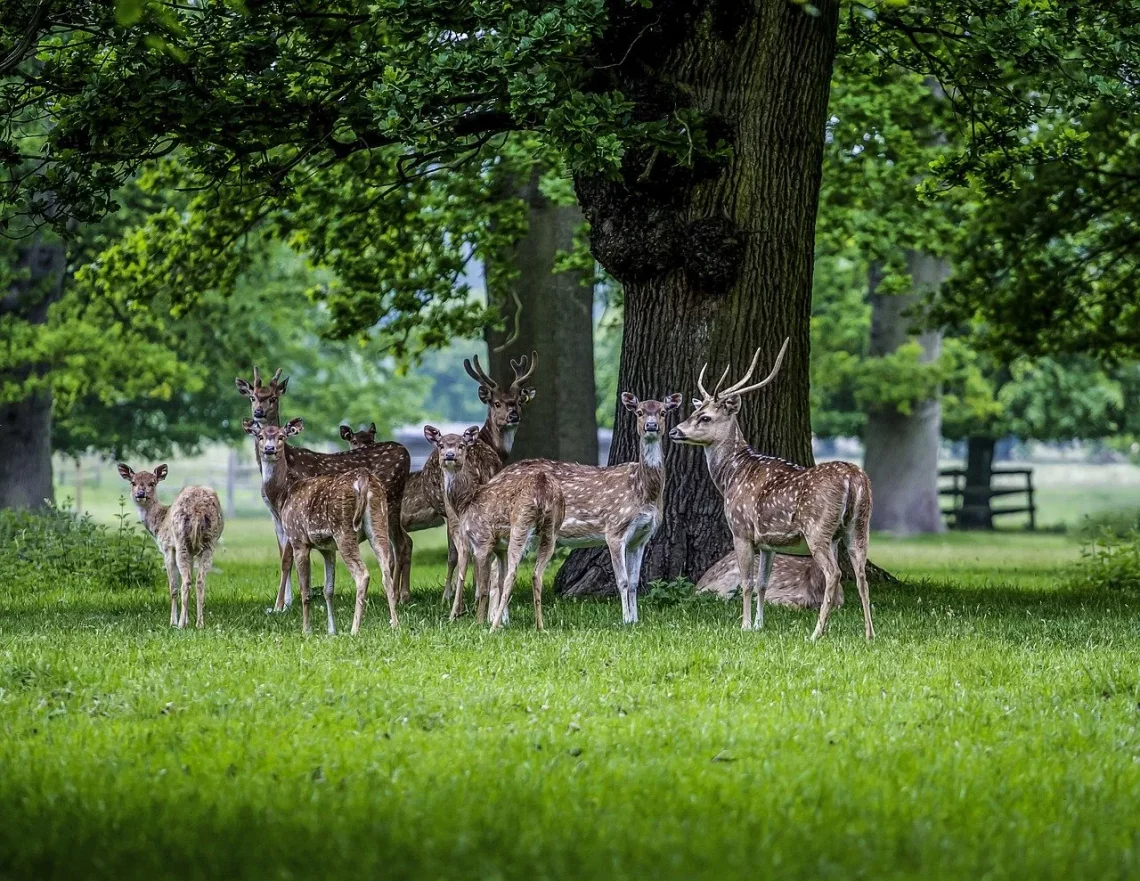-
How Many Rabbits Are Typically Born in a Litter?
Rabbits are fascinating creatures, known for their playful behavior and gentle nature. They have captured the hearts of many as pets, and their role in ecosystems as prey animals is equally significant. One remarkable aspect of rabbits is their reproductive habits, which can be surprising to those unfamiliar with their biology. These mammals are known for their prolific breeding, capable of producing multiple litters in a single year. Understanding the factors influencing litter size can provide insight into their overall health and wellbeing, as well as inform potential rabbit owners about what to expect when caring for these animals. In the wild, rabbits have adapted to reproduce quickly in response…
-
Can Rats Have Cheese? Understanding Their Dietary Needs and Preferences
Rats are often misunderstood creatures, frequently portrayed as pests or nuisances. However, these highly intelligent and social animals have complex dietary needs that go far beyond the clichés of cheese and crumbs. Their diet is a crucial aspect of their well-being, influencing their health, behavior, and longevity. As omnivores, rats can consume a wide variety of foods, including grains, fruits, vegetables, and proteins. Yet, the question remains: can rats have cheese? Cheese has long been associated with rats in popular culture, leading many to believe it is a staple of their diet. However, this notion is misleading and oversimplifies the nuanced dietary preferences of these rodents. Understanding what rats can…
-
The Fascinating World of Fat Bees and Their Role in Nature
Bees have long captivated the human imagination, not just for their industrious nature but also for their complex social structures and vital ecological roles. Among the diverse species of bees, fat bees stand out due to their unique characteristics and behaviors. These robust pollinators are an essential part of our ecosystems, contributing significantly to the food chain and biodiversity. While many people may be familiar with honeybees and bumblebees, the world of fat bees offers a fascinating glimpse into the often-overlooked aspects of bee life. Fat bees, often characterized by their plump bodies and fuzzy exteriors, are not only visually distinct but also play crucial roles in pollination and the…
-
Understanding the Fascinating Features of a Caterpillar Nose
Caterpillars, the larval stage of butterflies and moths, often captivate the imagination with their vibrant colors and peculiar appearances. While most people are familiar with their transformation into beautiful winged creatures, the intricate details of their anatomy often go unnoticed. One of the most fascinating features of caterpillars is their nose, or more accurately, the structures that serve a similar purpose. Understanding how these organisms function and interact with their environment can provide insight into their survival strategies and evolutionary adaptations. Caterpillars’ ability to thrive in diverse habitats is intricately linked to their sensory mechanisms, including their nose-like structures. These sensory organs are not only pivotal for locating food but…
-
Coyotes Learning Not to Bark: A New Approach to Survival Strategies
Coyotes have long been the subject of fascination and intrigue, particularly due to their adaptability and cunning nature. These highly intelligent mammals have managed to thrive in diverse environments, from urban landscapes to remote wilderness. As they navigate the complexities of modern life, coyotes have developed a range of survival strategies that demonstrate their remarkable resilience. One of the most striking behaviors observed in recent studies is a shift in their vocalization patterns, specifically a reduction in barking. This change raises important questions about the role of communication in their survival and how these animals are continually evolving in response to their surroundings. The ability to adapt is a critical…
-
Exploring the Strengths of Strong Maine: A Hidden Gem in Nature
Nestled in the heart of New England, Maine is often celebrated for its rugged coastline, charming small towns, and vibrant autumn foliage. However, beyond its well-trodden tourist paths lies a hidden gem known as Strong, Maine. This small town, with its rich natural resources and welcoming community, offers a unique glimpse into the beauty and tranquility that rural Maine has to offer. From the majestic mountains that cradle the area to the pristine rivers and lush forests, Strong is a treasure trove for nature enthusiasts and those seeking a peaceful retreat. The charm of Strong is not merely found in its stunning landscapes but also in the warmth of its…
-
Exploring the Strengths of Maine: Nature, Community, and Resilience
Maine, often regarded as the Pine Tree State, boasts a unique blend of natural beauty, tight-knit communities, and a spirit of resilience that has defined its culture and history. Nestled in the northeastern corner of the United States, Maine is renowned for its breathtaking landscapes, from the rugged coastline along the Atlantic Ocean to the serene, wooded mountains that dot the inland. The state’s diverse ecosystems provide a habitat for a wide array of wildlife, making it a paradise for nature enthusiasts and outdoor adventurers alike. Beyond its scenic allure, Maine is characterized by its strong sense of community. The residents, known as Mainers, take immense pride in their heritage…
-
The Fascinating World of Creatures That Often Have Multiple Horns
In the vast tapestry of life on Earth, creatures with horns stand out as some of the most intriguing members of the animal kingdom. These appendages, often associated with strength and dominance, come in various forms and sizes, serving different purposes beyond mere ornamentation. From the majestic bighorn sheep to the enigmatic unicorns of myth and folklore, horns have captured human imagination for centuries, symbolizing power, beauty, and mystery. The evolutionary significance of horns is as diverse as the species that possess them. While many think of horns as a tool for defense or display, they also play crucial roles in mating rituals, territorial disputes, and more. In some species,…
-
The Fascinating World of Bird Butts and Their Unique Features
Birds are some of the most fascinating creatures on our planet, showcasing a remarkable diversity of behaviors, colors, and adaptations. While we often marvel at their soaring flights and melodious songs, there’s an equally intriguing aspect of avian anatomy that deserves attention: their posterior regions, commonly referred to as “bird butts.” These often-overlooked features play significant roles in the lives of birds, influencing everything from mating rituals to survival strategies. In the world of ornithology, the rear end of a bird is not merely an aesthetic detail; it serves various biological functions that are crucial for the bird’s overall health and well-being. From the unique feather arrangements that provide insulation…
-
Do Deer Eat Walnuts? Exploring Their Dietary Preferences
Deer are one of the most fascinating creatures in the animal kingdom, often associated with serene landscapes and natural beauty. These graceful herbivores roam the forests, meadows, and even suburban areas, captivating the hearts of many who encounter them. Their diet is diverse and varies significantly based on their habitat, season, and available food sources. While deer are commonly known to munch on grasses, leaves, and fruits, there is a growing curiosity about their consumption of nuts, specifically walnuts. Walnuts, known for their rich nutritional profile, are a popular snack for humans, often lauded for their health benefits. But how do these nuts fit into the diet of deer? Understanding…




